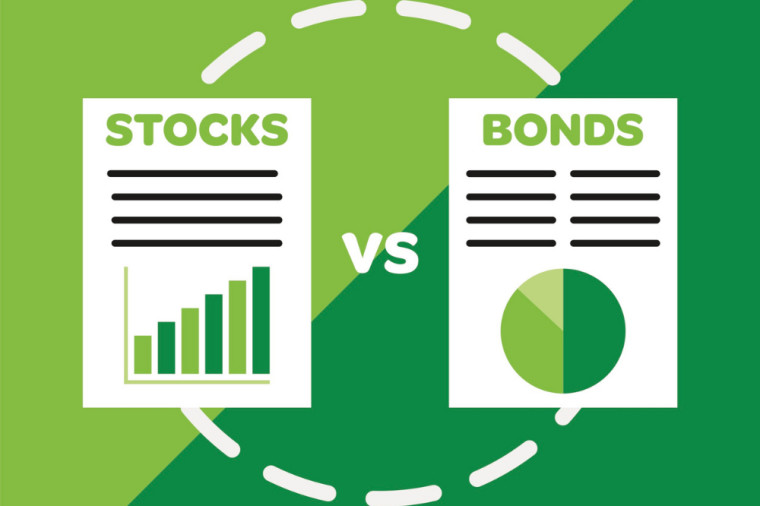Understand asset allocation
Asset allocation is the process of allocating your investments across different asset classes—such as stocks, bonds, and cash—to optimize returns and manage risk. It's a strategic approach that balances growth potential with security needs.
The impact of asset allocation on profitability
- Risk management: Proper asset allocation helps minimize the risk of significant losses.
- Performance: Diversifying investments can deliver more stable and potentially higher returns over time.
Approach to asset allocation
- Assess your risk tolerance: Determine the level of risk you are willing to accept.
- Determine your investment goals: Are you saving for retirement, a home or education?
- Choose the right mix: Decide on the ratio of stocks, bonds and other assets based on your risk tolerance and goals.
- Rebalance periodically: Adjust your portfolio as needed to maintain your desired asset mix.
Asset allocation strategy
- Strategic Asset Allocation: Establish a baseline policy mix according to expected rates of return for each asset class.
- Tactical asset allocation: Allows for short-term adjustments based on market conditions.
- Dynamic asset allocation: Involves continuously adjusting the asset mix as markets rise and fall.
Conclusion
Asset allocation is not a one-size-fits-all solution. It is a personalized strategy that plays a key role in achieving financial goals. By understanding and applying asset allocation principles, investors can make informed decisions consistent with their goals and risk tolerance.




















